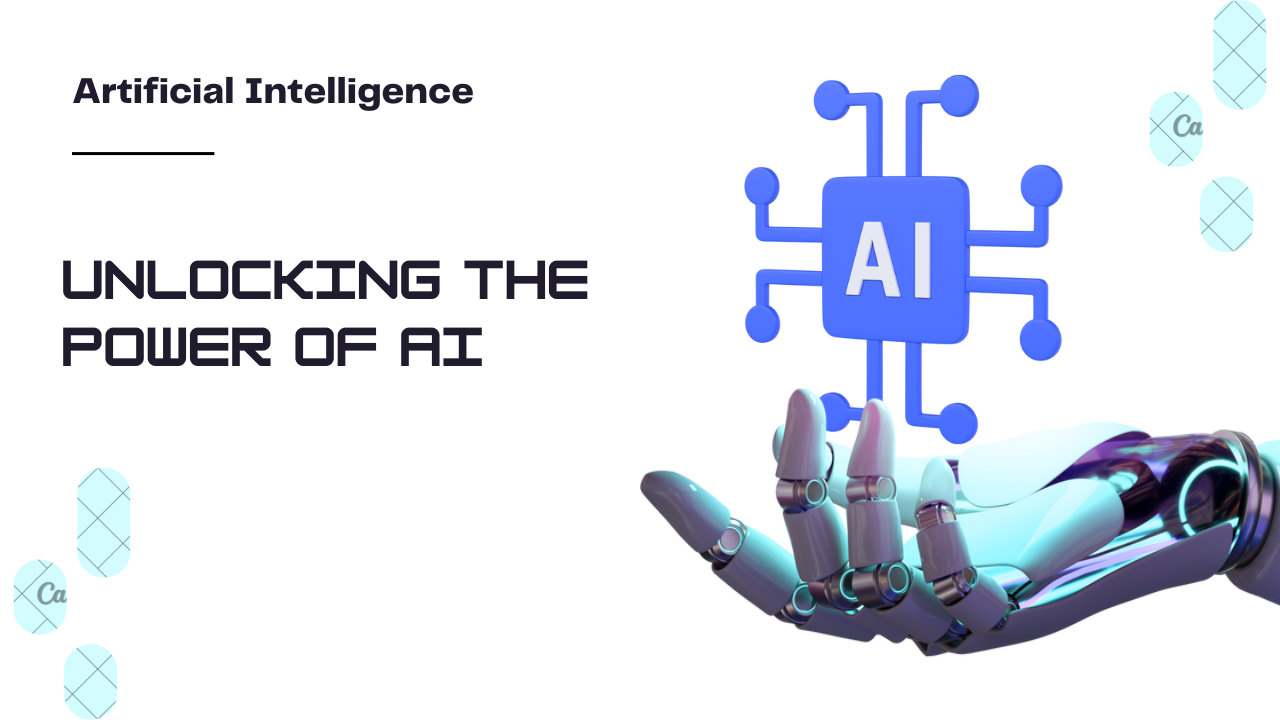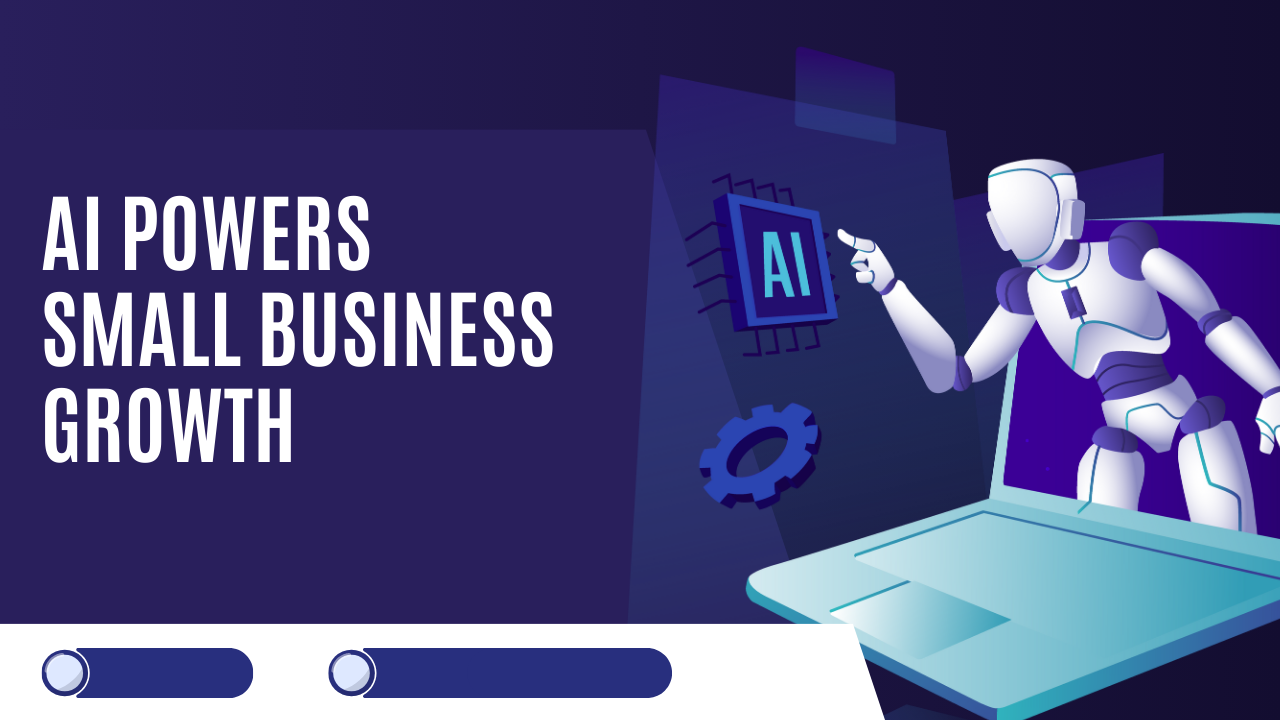Unlocking the Power of AI: Transforming the Future of Technology and Business
Artificial Intelligence (AI) has transitioned from speculative fiction to an essential component of contemporary life. It underpins everything from personalized content curation on digital platforms to sophisticated virtual assistants like Alexa and Siri. This transformative technology not only enhances user experiences but also redefines business operations, enabling novel solutions to complex challenges. This discourse delves into AI’s pivotal role in reshaping technology and industry, elucidating the vast opportunities it engenders. Defining Artificial Intelligence Artificial Intelligence embodies the replication of human cognitive functions by machines, encompassing the ability to learn, reason, and adapt. These systems excel in executing repetitive and data-intensive tasks with superior precision. Key technological subsets of AI include: Technological Paradigm Shifts Enabled by AI AI catalyzes advancements that extend beyond enhancing existing technologies, spearheading groundbreaking innovations. Specific areas of impact include: AI’s Transformative Role in Business The business landscape is undergoing a metamorphosis driven by AI’s potential to refine processes, elevate customer engagement, and foster strategic advantages. Key impacts include: Challenges and Ethical Imperatives Despite its transformative potential, AI presents several challenges that warrant critical attention: Prospects for AI The trajectory of AI development promises profound advancements across various domains, including: Conclusion Artificial Intelligence represents a cornerstone of modern innovation, reshaping societal norms and economic paradigms. Its responsible deployment holds the promise of a more intelligent, efficient, and equitable future. As we advance deeper into the AI-driven epoch, the horizon is boundless, inviting us to explore and realize its transformative potential.


